Where did the snippets come from?
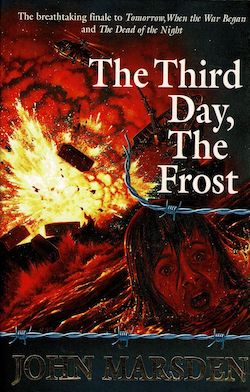
The Third Day, the Frost, by John Marsden
Third in the Tomorrow War series, which is one of the greatest action-adventure war stories ever. A group of teenagers in rural Australia become insurgents against an invading army.
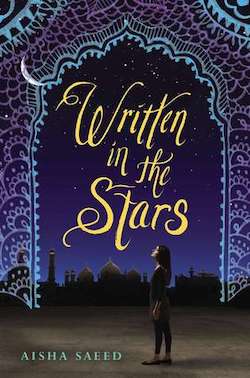
Written in the Stars, by Aieesha Said
The story of an American Pakistani girl whose parents catch her with an American boyfriend and then take her to Pakistan where they force her to a marry a complete stranger.
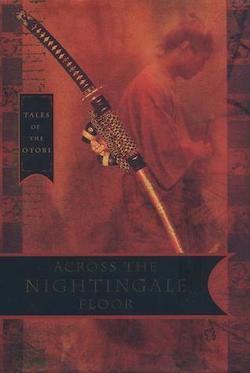
Across the Nightingale Floor, by Lian Hearn
First book in a stunning fantasy epic set in an alternately-imagined feudal Japan. Takeo, the orphaned member of a persecuted village community, is mentored by a sympathetic lord to become a powerful assassin.
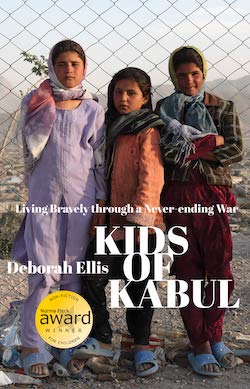
Kids of Kabul, by Deborah Ellis
Novels like The Third Day, the Frost tell stories about heroic teenagers fighting invading armies, blowing up planes and boats, and generally kicking ass—but they're fantasies. What's it like to really grow up in a war zone? Kids of Kabul captures accounts from children in Afghanistan in the years after the retreat of the Taliban—stories of fear, frustration, courage, urgency, and hope.
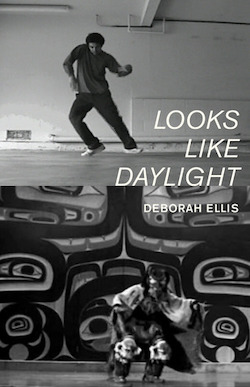
Looks Like Daylight, by Deborah Ellis
Frank and honest interviews with Indigenous children and teens in North America and Canada, including many who have lived in residential schools and foster care. Stories of struggle, hope, and trying to find a place in the world.
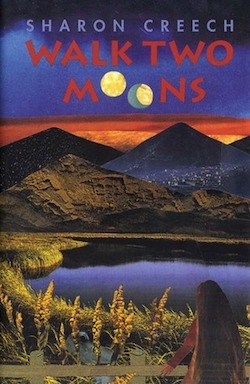
Walk Two Moons, by Sharon Creech
An intricate and layered story of a teenage girl and her father both struggling to come to terms with her mother's departure from their lives, including fighting over new homes and new relationships.
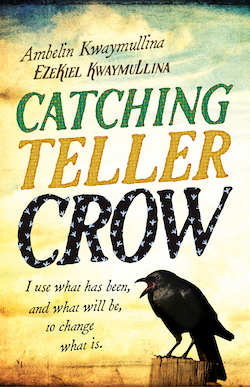
Catching Teller Crow, by Ambelin Kwaymullina and Ezekiel Kwaymullina
A dead girl returns as a ghost to help her grieving father solve a mystery involving a burned orphanage and an unidentified body. Published in the U.S. as The Things She's Seen.
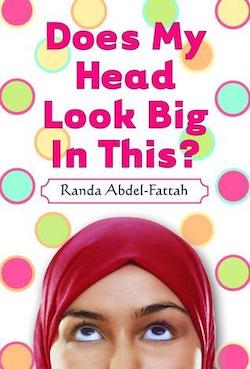
Does My Head Look Big in This, by Randa Abdel-Fattah
The only Muslim girl in a private school decides she wants to start wearing her hijab in public, and has to deal with everyone's reactions, including teachers, friends, and strangers—while also trying to win over a cute boy.

